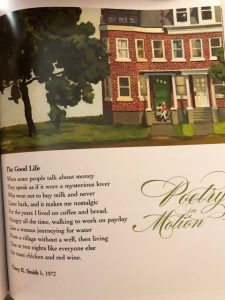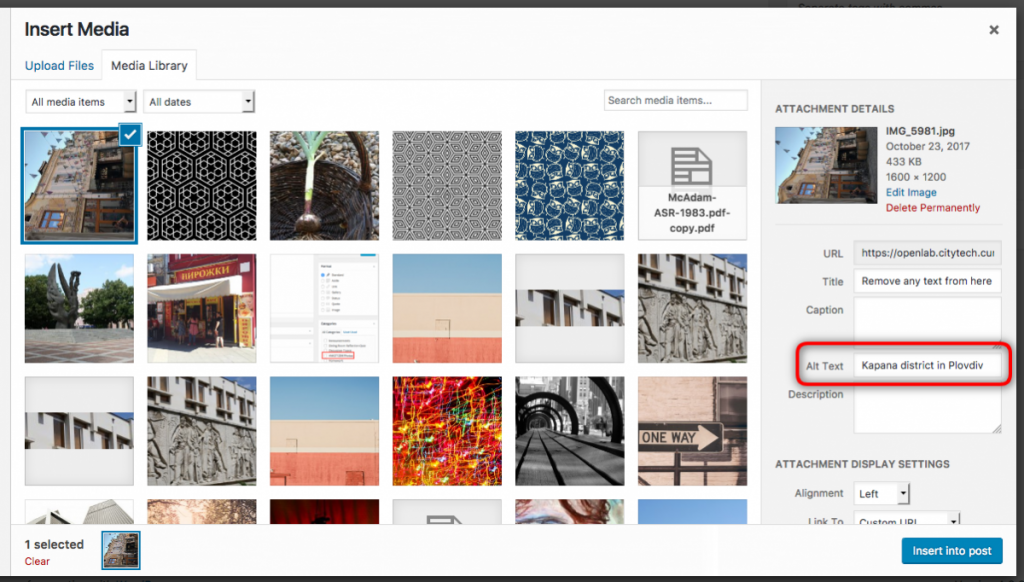The poems we’re reading today, William Carlos Williams’ “The Red Wheelbarrow,” ” This Is Just to Say” and Amy Lowell’s “Aliens” are examples of imagist poetry.
What is imagism? According to the Poetry Foundation’s website it is “an early 20-th century poetic movement that relied on the resonance of concrete images drawn in precise, colloquial language rather than traditional poetic diction and meter.”
Amy Lowell’s criteria for imagist poetry was based on six specific principles:
“1. To use the language of common speech. . . .
2. To create new rhythms. . . .
3. To allow absolute freedom in the choice of subject. . . .
4. To present an image. . . .
5. To produce poetry that is hard and clear, never blurred nor indefinite.
6. Finally, most of us believe that concentration is of the very essence of poetry.”
Another way for us to think about imagist poems is to ask ourselves, what do imagist poems not do? What don’t they focus on? What is it like for us as readers to read these poems? Are they satisfying–why or why not?





